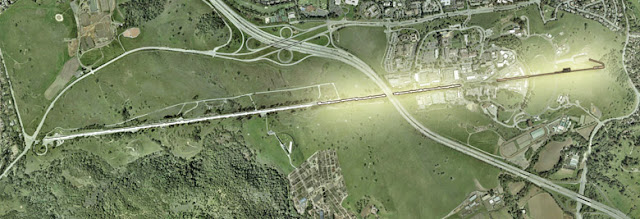For people like me, who doesn’t have the luxurious time and funding to enjoy another wonderful trip, you can easily find the detailed programs in this link. Once you click the link and scrutinize the abstracts, I hope you don’t get trapped. For sure, the conference is loaded with crazy and smart ideas. Here are just some I found:
EE1.5 SUN 10:00 “The Size of the Proton” -- This rings the bell in my brain. I read about this in Scientific America a few months ago, and that sticks to my mind. On the one hand, I simply have no idea how laser spectroscopy can be used to measure the radius of the proton. There must be some original way, to me, a proton is almost dimensionless. On the other hand, they give a more precise but exotic value of it. Would this value forces the theoretical particle physicists to re-think what they have formulated for the past decades?
JSII1,2: “Low Dimensional Carbon Nano-Structures in Photonics I, II” -- Apparently, the Nobel prize simply marks the beginning explosion of the graphene related research. We are familiar with the novel material features of graphene and nanotubes. In addition to investigate their physical properties using lasers, how about using them to mode-lock a laser? Or using double wall carbon nanotubes to create broadband ultrafast pulses? Sit in these presentations, and you will find out.
CL/EB1-3 “Medical Imaging, Advanced Microscopy, Advanced Biophotonics: Sensing and Imaging” -- This is where you find yourself accessing the fresh. For people who are fond of applications, these are the harbors. It is simply a zoo of creative methodologies. I like the techniques that play around with the light polarizations. You might enjoy using nanoparticles to be the bio-markers. Just explore them and make your own list of preference.
OK, Time for you to take this journey to Germany, either physically or virtually. The destination is the same for all of us. Remember to check out the plenary sessions -- from attosecond lights, and insights of the cold atoms/molecules, to the advances of solid-state lasers. Feels like another feast to me. Finally, don’t get me wrong, almost everything that discussed in CLEO, you can find the continuation of them in CLEO/Europe EQEC 2011. I will leave you to connect the dots. Cheers!
DISCLAIMER
The opinions expressed herein are those of the author and do not represent the Optical Society of America (OSA) or any OSA affiliate.









